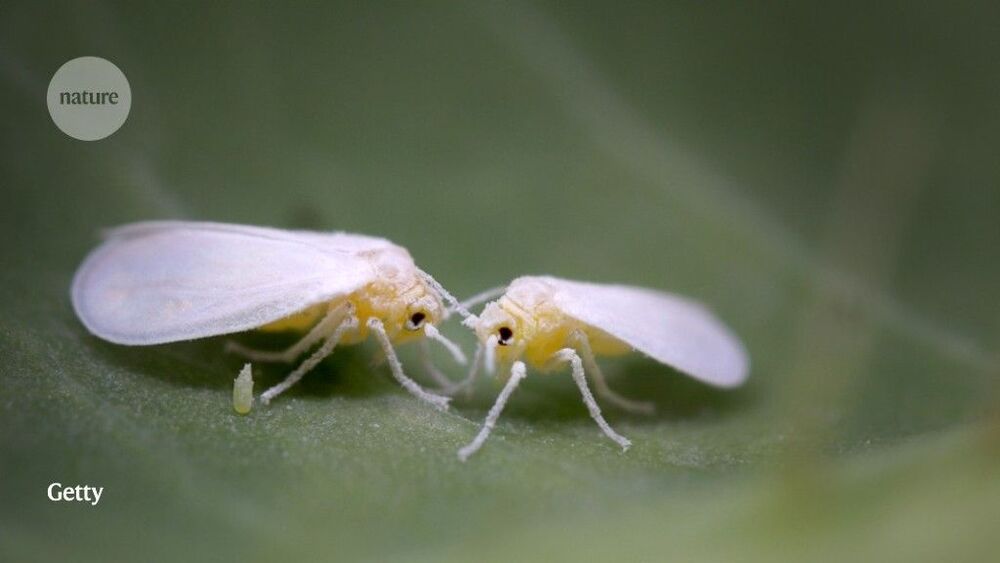“The results were surprising, but convincing, says Yannick Pauchet, a molecular entomologist also at the Max Planck Institute for Chemical Ecology. ” According to the data they provide, horizontal gene transfer is the most parsimonious explanation,” he says.
But how the whitefly managed to swipe a plant gene is unclear. One possibility, says Turlings, is that a virus served as an intermediate, shuttling genetic material from a plant into the whitefly genome.
As researchers s… See More.
Discovery that a whitefly uses a stolen plant gene to elude its host’s defences may offer a route to new pest-control strategies.








